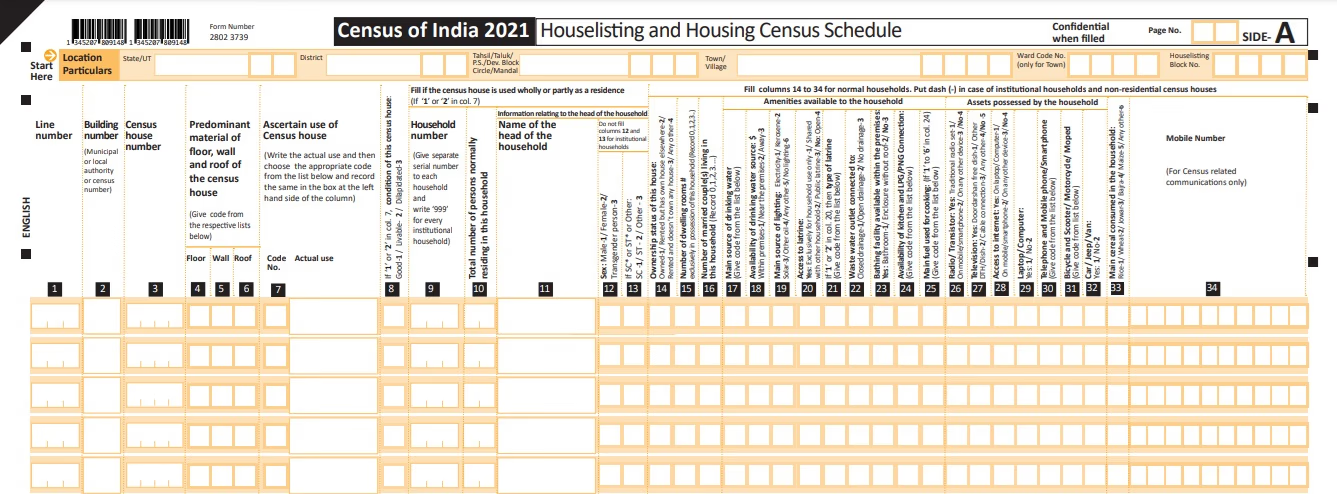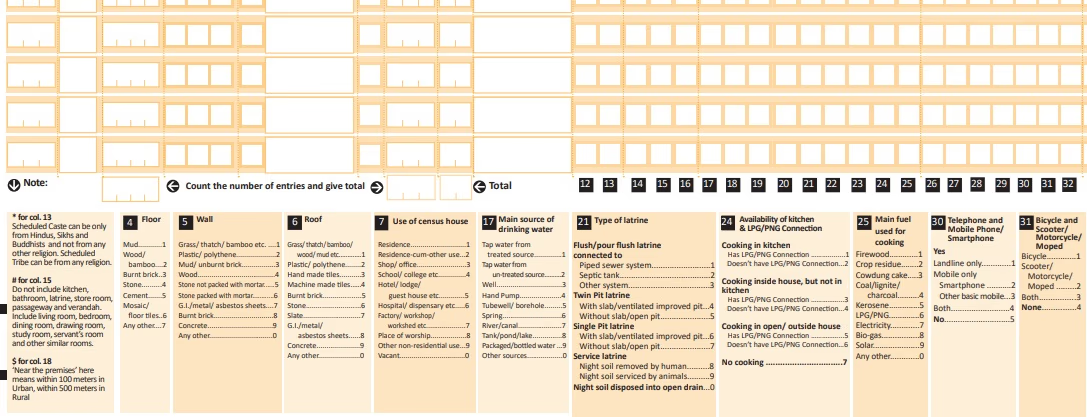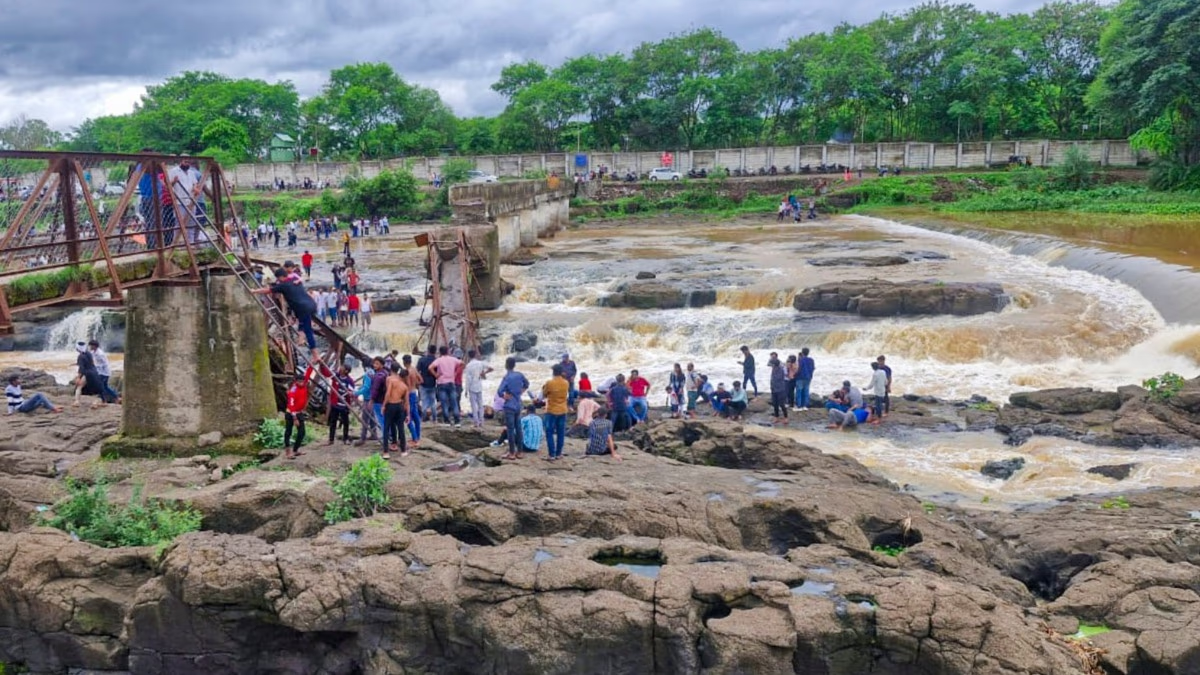The census isn't just about counting people. It helps the government understand the living conditions of the populace, identify their needs, and pinpoint areas for improvement. The last census in India was conducted in 2011, with the proposed 2021 census postponed due to the COVID-19 pandemic. The central government has now announced that the next census will commence soon.
The census unfolds in two stages: Housing Census and Population Census. During the initial Housing Census, comprehensive information is gathered about the household. It's not just about counting the number of residents but also about understanding whether the walls are made of mud or brick, if the floors are earthy or tiled, and the type of roofing used. Even restroom arrangements are documented, noting if they are private or communal and how waste is managed through septic tanks, sewers, or otherwise.
In addition to assessing family income, property size, and assets, the census evaluates the household's luxury level and the nature of possessions. Let's explore the questions posed and observations made during the census.

Source: aajtak
A keen eye on dietary habits
Census officials inquire about the types of flour consumed. They carry forms listing categories of grains like wheat, millet, and ragi. Additionally, questions are asked about cooking fuel, whether LPG or CNG is used or if food is prepared on dung cakes or wood-fired stoves.
How many devices are connected to your WiFi?
During the census, it is also checked if a household has WiFi, and how many devices are connected to this WiFi. Furthermore, information about the type of TV and dish setup is gathered. Details about the number of phones, radios, and other electronic devices are also recorded.

Source: aajtak
The nature of walls, floors, and ceilings
Information on how many restrooms exist in a house, how many are private, and if there’s a public restroom, is collected. The type of flooring—earth, wood, bamboo, brick, cement, stone, or tiles—is also noted. Form sections prompt responses about the material composition of walls and floors.
Additionally, details about the roof need to be provided. Authorities even gather insights about waste management systems like septic tanks or sewer connections.

Source: aajtak
Personal information is also collected during the census. Questions aren't restricted to just name or age; they encompass social, economic, and educational dimensions of life. Basic details such as full name, gender (male, female, other), date of birth, parents’ names, and marital status are requested. Temporary and permanent addresses, the familial head, and the relationship to them are also recorded.
Additionally, to comprehend one's social background, religion, caste, or tribe status, sect, and any disabilities are documented. Language proficiency details are acquired: mother tongue, and other languages the person speaks, reads, or writes. Education-wise, literacy status, ongoing education, and the highest academic qualification are investigated. Job-related details are also documented.




